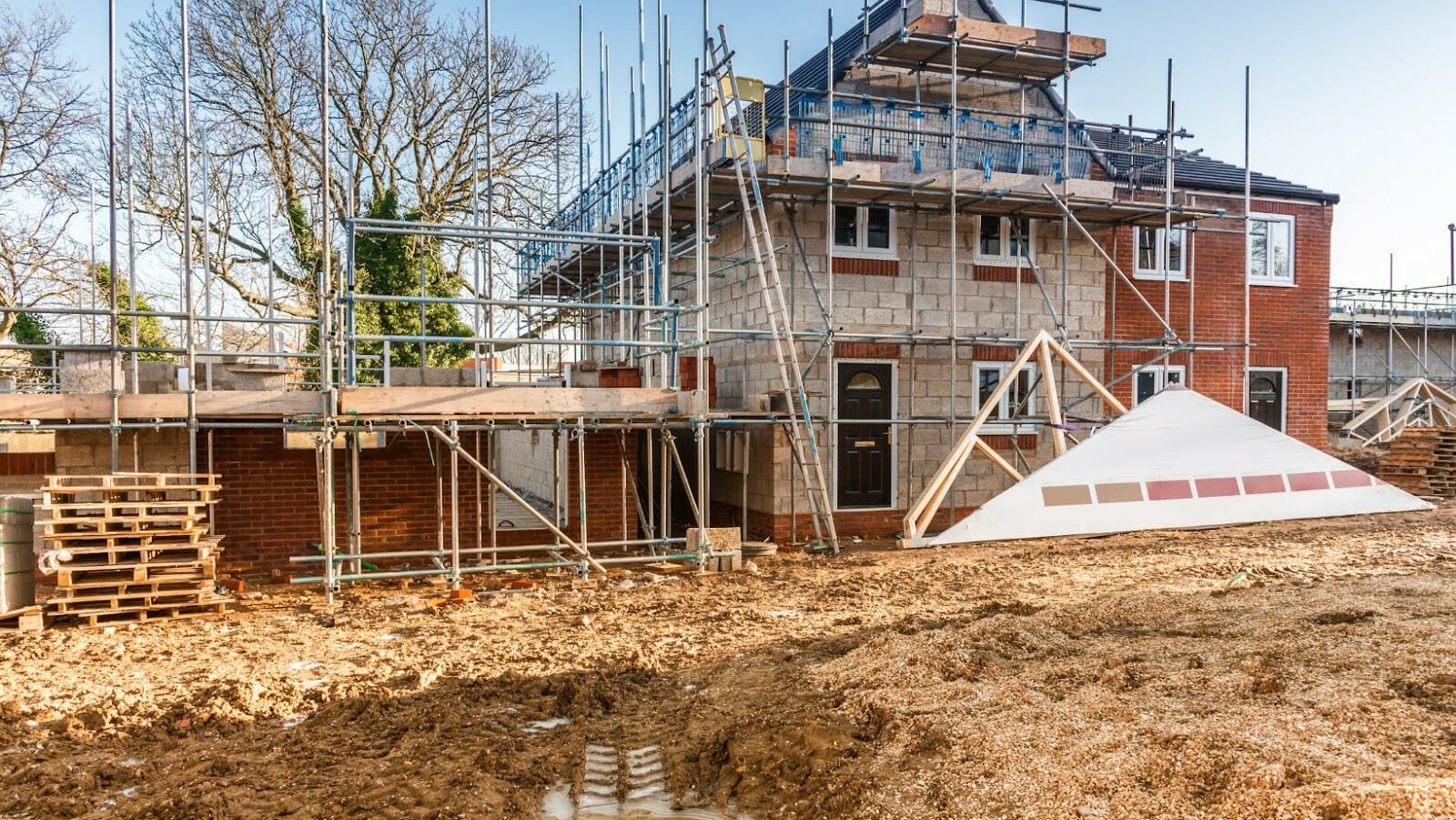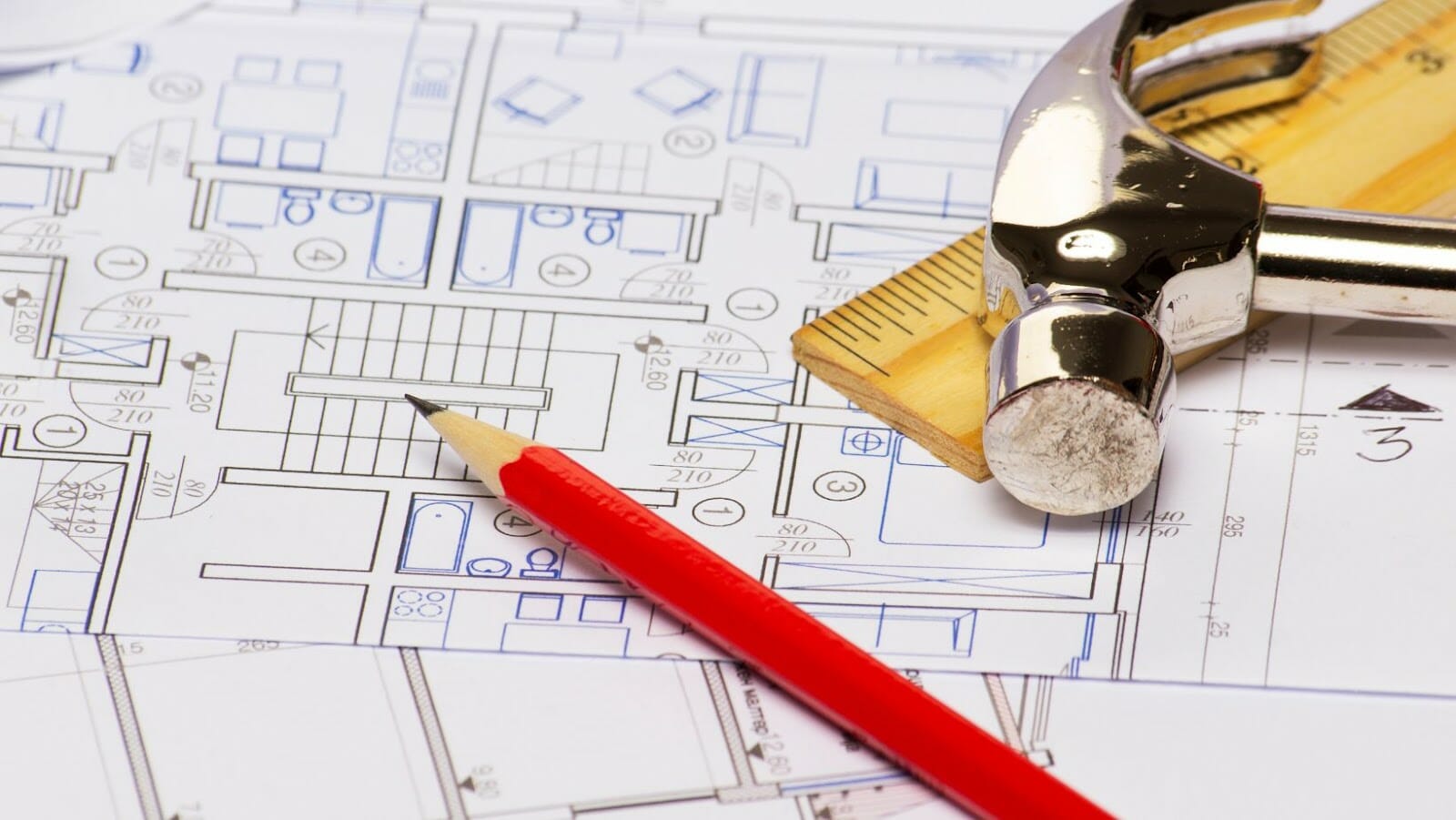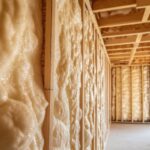
Is there anything more exciting than buying a piece of land to build a new home on? Perhaps you have been looking at homes for sale, and none really ‘speak’ to you. There’s always something lacking. It could be the number of rooms or the layout of the home. Maybe it’s the landscaping, or maybe it’s the location.
When you have been in the market for a home for some time and have yet to find one that suits you, perhaps you opted to buy land to build on instead. That could be a wonderful choice; however, there are some things that could cause costly delays you should be aware of from the very start. You will want to avoid these setbacks, some minor and others potentially major. Let’s look at some of the most common delays you might face.
Planning Permission
It would seem like this is a fairly straightforward process, but what many people don’t realize is that there are certain things that are often cause for immediate rejection. Some of these reasons may be relatively minor and easy to fix, and others may mean a total change in building plans. So, what are some of the reasons you might encounter a delay in obtaining planning permissions? They could include:
- Your home would face other homes creating a lack of privacy.
- Your home could overshadow nearby homes, causing a loss of light.
- Overdevelopment in the area.
- The appearance would be out of character with other structures on the land.
- How trees would be impacted.
- Use of materials considered to be hazardous.
- Impacting highway safety.
- Restricted access.
- Negative impact on nature conservation.
With that said, there are other reasons why your planning permission might be rejected. Any and all of the above could delay your new build indefinitely so let’s look at how to avoid them.

Begin with a Topographical Survey
At one time, a topographical survey was called a contour survey. This is a laser-measured survey that will tell you about very specific features of the land you intend to build on. It will gather pertinent data on both manmade and natural features of the land. It’s easy to organise a topographical survey simply by contacting Arbtech, which has full coverage of the UK. Current and past clients have said they are fast and easy to work with and will answer all questions quickly.
As you can see, most of the reasons for rejections could be avoided if the topographical survey is conducted prior to drawing up plans for your new build; for example, the points on overshadowing light to nearby homes and/or facing neighboring homes in such a way as to cause them lack of privacy they have a right to. Such things as road access and an impact in highway safety would also be considered when drawing up the plans.
Then there are the concerns that a new build would have a negative impact on the ecology. Major concerns are trees and an interruption in the natural habitat of native species. Conservation is a huge issue in the UK which is why a topographical survey, while not mandated by law, can save you considerable loss of time and money.
Issues with the Supply Chain
Although it is getting better, there are still major issues disrupting the supply chain. Most of this came about during the height of the Covid pandemic, but there are still major disruptions that can be avoided. Don’t automatically assume your builder has easy access to all materials needed for the construction of your home.
One thing you may want to do is discuss this thoroughly with the builder or builders you are considering contracting. Don’t assume that they have backup suppliers if materials are unavailable from the company they usually deal with. You will want to know that your project will not be unnecessarily delayed for long periods of time because your builder can’t get the supplies and materials needed for each stage of construction.

Unexpected Costs
Even minor delays can add up to a considerable amount of money if you aren’t prepared for them. If you are renting during the building of your new home, you might need to continue paying that amount that you hadn’t budgeted for.
Then there are price rises you hadn’t considered, and these may have nothing to do with the builder or subcontractors. For example, utilities and other things the contractor has no control over. What about the cost of fuel when driving back and forth to the property to oversee construction?
There has been a global rise in the cost of petrol, partly due to Russia’s invasion of Ukraine and partly because of other issues driving the cost of crude up around the globe. No nation is exempt from these rising costs, and you are probably noticing the crunch as well.
Budgeting for the Unexpected
There are things you can do to avoid even higher costs resulting from unexpected delays. You can set aside a certain amount above the budget created for your new-build. Some people set aside a few thousand pounds and others plan a budget a certain percentage above the projected cost.
One of the reasons you may want to do this is to avoid lengthy delays while you seek financing for the amount above what you have financed or set aside. One slight delay is bad enough but when compounded with further delays because money isn’t available, that delay could become much longer than you had anticipated.
The key takeaway here is to have everything in order even prior to seeking planning permissions because this is the leading way in which to avoid those costly delays. It’s like the wisdom in that old adage, “Plan (hope) for the best but prepare for the worst.”
Even the best laid plans can run across an obstacle or two, but if you start with the topographical survey, those obstacles should be minor, causing few to no delays. When it’s costly delays you are trying to avoid, knowing what you are getting yourself into with that new-build is the best way to avoid them, and again, that all begins with a contour survey of the land.












